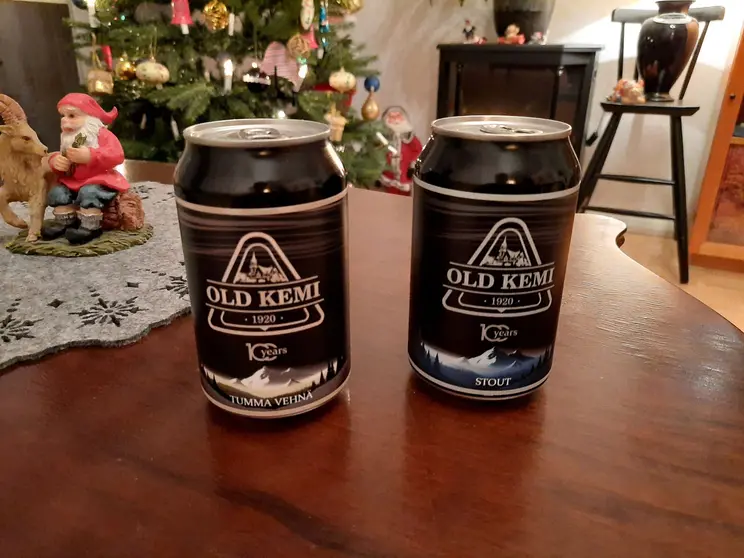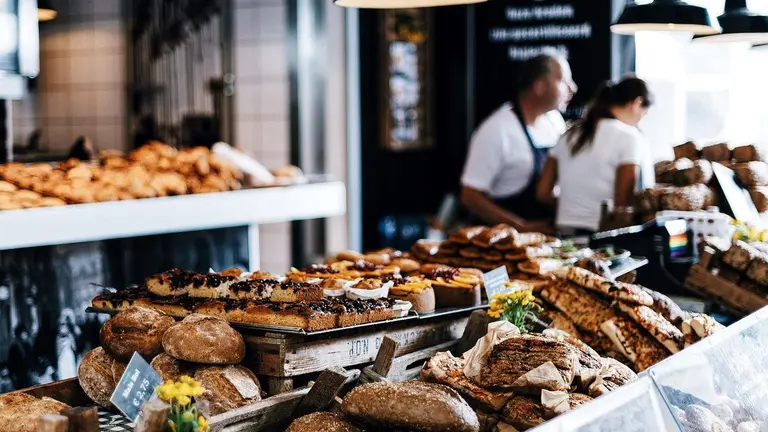A hundred years have passed since its birth, but the Kemi beer brand is back. Two Finnish-Russian brothers, Ivan and Anton Kalishevich, have succeeded in reviving this old Lappish brewery, whose first batches of bottles and cans hit stores in December.
For two generations, the once famous beer produced in Kemi - a city in Lapland founded in 1869 by decree of Tsar Alexander II of Russia - disappeared from the face of Earth, shaken by the political ups and downs of the turbulent 20th century.
But history, combined with the entrepreneurial spirit of the descendants of its founder, have wanted Kemi's beer to be marketed again, now under the brand Old Kemi.
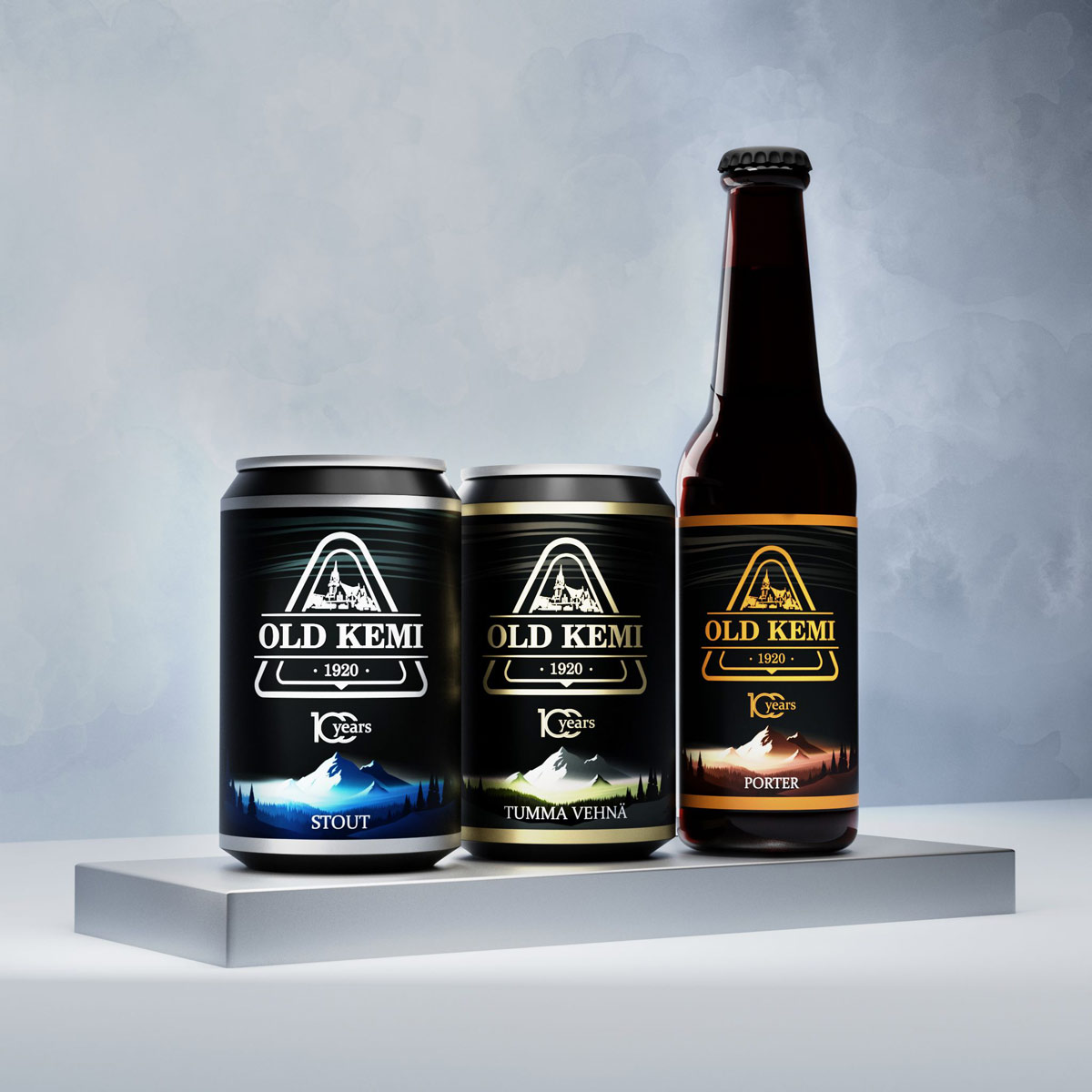
The three relaunched beer types are inspired by the original Kemi brewery products.
The new beer is made with the same raw materials as the old, according to a recipe developed by Alexey Schramko. Distribution began this month in Finland, with an eye on international export.
According to the founders, the first batches have been distributed to Kesko Group stores such as K-Market in Rovaniemi and to restaurants. Beer can also be purchased through their website.
The birth of a dream
To understand the history of Kemi's beer, one must go back to 1920 when Heikki Tuomisto, an entrepreneur with forward thinking ideas for his time, was appointed General Director of the then called 'Kemi City Water Factory' after it was was acquired by the Kemi Workers Union.
Heikki's great-grandsons and promoters of the relaunch of the brand, learned the history of the brewery from an still unpublished book written by their grandmother Terttu Tuomisto. She was Heikki's daughter, born in Kemi in 1921.
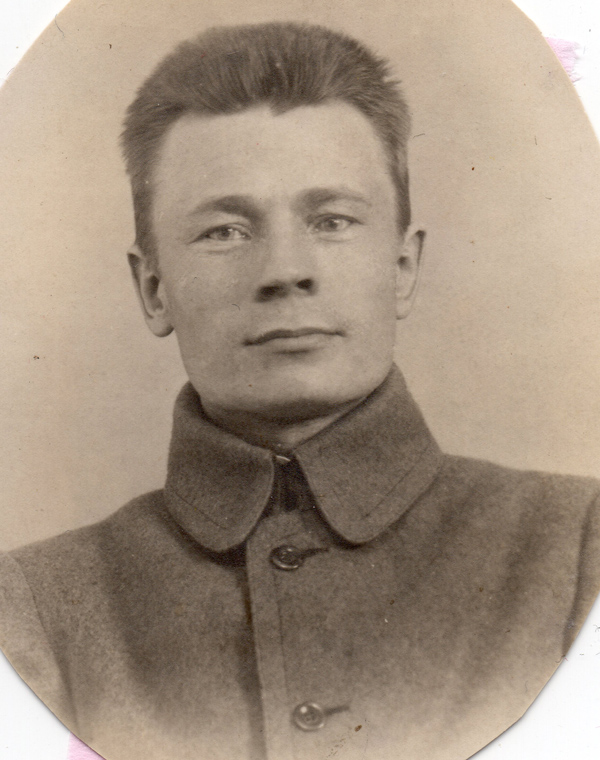
"My grandmother had a long life until she died in Finland in 2017. She wrote the book about her family history in Kemi and this is where I understood what happened and decided to take up the brewery project. She lived and did her school homework in the same building where people came to buy the beer," explains Ivan.
After the purchase, Ivan's great-grandfather undertook the task of completely rebuilding the factory, which was located at the crossroads between Kaivokatu and Valtakatu streets. For a decade, they produced stout, porter, low alcohol dark beer and sparkling water from Lapland berries.
The book written by Terttu traces a flourishing time for Kemi's brewery, which was big business at that time. "They made good money with it," Ivan confirms.
Father becomes a communist
But in 1930, affected by the Great Depression and the political ups and downs of the time, the factory was sold to Tornio Brewery.
The economy was not the only problem. Heikki Tuomisto (pictured above) had become a communist in 1926 and his political activities had twice landed him in Finnish jails. He decided to emigrate with his family to the Soviet Union, following in the footsteps of many other left-wing Finns who sought in the new workers' state the egalitarian dream announced by Lenin.
He emigrated with his Finnish wife Jenni and their three daughters through Sweden, on a boat where they met other emigrants from Canada and the United States, who also moved to Russian Karelia with the intention of working and investing their money there.
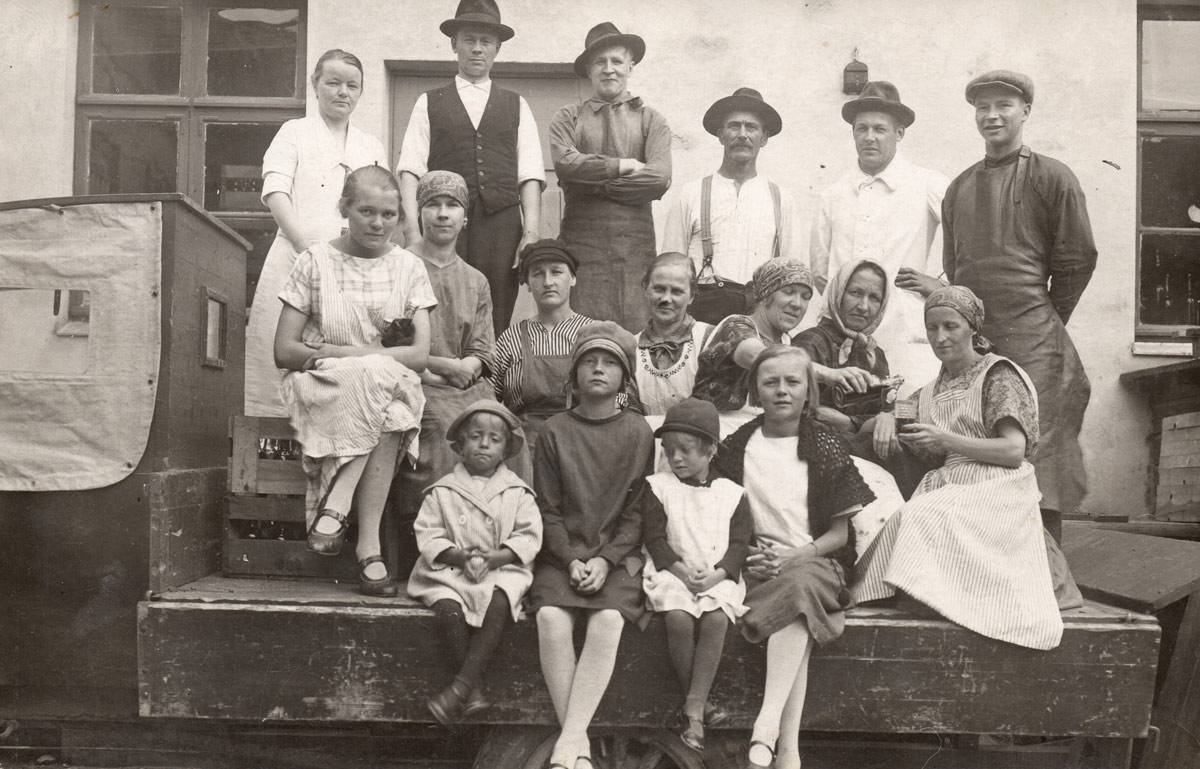 Kemi brewery staff-members and their families.
Kemi brewery staff-members and their families.
Heikki settled in Petrozavodsk, where the family started a new life. They had been forced to travel without documents, so they had no chance to return to Finland. In his new place of residence, Heikki began working in a brewery almost immediately as a brewmaster.
But the USSR did not turn out to be the paradise that he expected.
The Stalinist purge
The family had problems with the NKVD (Stalin's secret police) during the time of the Great Purge (1936-38). The Soviet government considered that the population of foreign origin could be dangerous for the Soviet Union, reason why many Finns were killed or deported to Siberia.
Heikki survived Stalin's terror, but in 1936 he lost his job and privileged position. After that, he went on to work in construction for the state. He died of a heart attack during the wartime in 1941 at the age of 53, when he was being evacuated from Petrozavodsk.
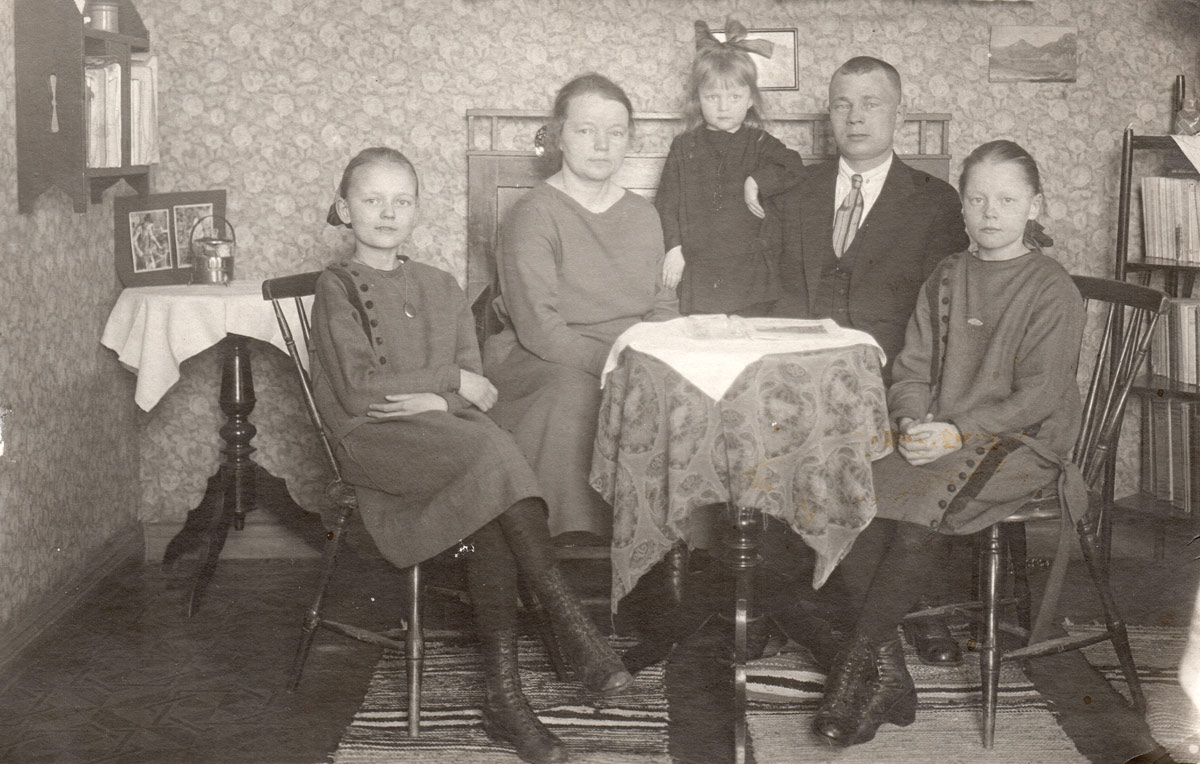 The Tuomisto family in Kemi in a picture from 1923 or 1924.
The Tuomisto family in Kemi in a picture from 1923 or 1924.
Later, amid the heat of war, repression and the postwar period, the family dispersed. Only one of Heikki's daughters, Terttu, survived and stayed in the Soviet Union, where she became a geologist and worked in deep Siberia. She met her husband and got married in Vladivostok.
During the following decades, the story of Kemi's old brewery only remained alive in Terttu's mind, associated with the memories of her precious childhood in Finnish Lapland, her homeland.
Return to Finland
Terttu always described as "a big mistake" her father's decision to move to Russia. In her book she wrote that she dreamed of returning to Finland all her life. But many years had yet to pass, until the time of Gorbachev and the Perestroika, when the Soviet Union opened its borders.
In 1986, Terttu, now a retired woman, was able to return to Finland, where she immediately renounced her husband's last name and regained that of her father, Tuomisto.
After her came her children and grandchildren, including Ivan and Anton, who immigrated in 1996 and settled in Oulu. They both knew the family history thanks to their grandmother and decided in 2020 to start the process to relaunch the brewery.
The brewery is reborn
"We want to keep Kemi in the name and we also use the old raw materials and details from the old bottle design, like the triangle," Ivan says.
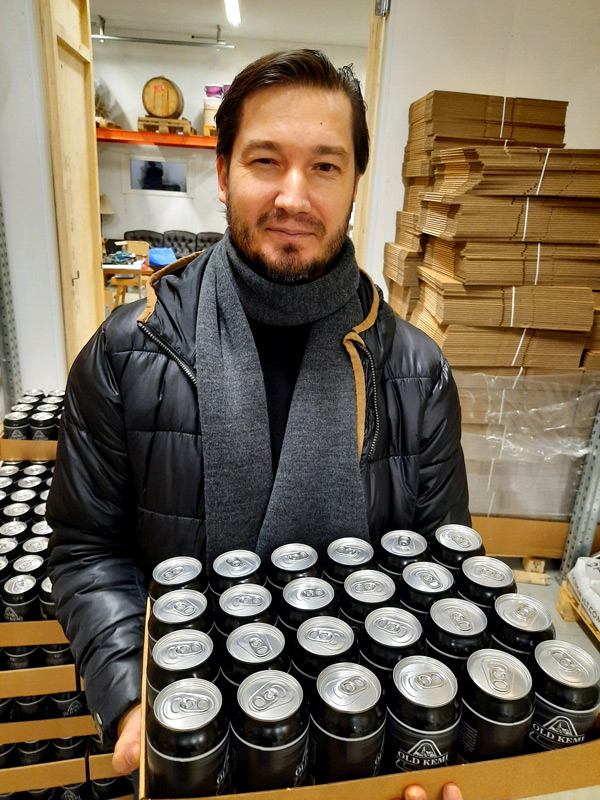
Ivan Kalishevich, with a batch of Old Kemi beer.
The two brothers assure that the project has raised a lot of interest among Kemi authorities and the firm Kemi Tourism Ltd (Kemi Matkailu Oy), which manages the city's main tourist attractions like the Snow Castle and the Sampo icebreaker.
"They promised us full support for this project," Ivan says.
However, for now, the first Old Kemi beer cans and bottles have been produced many kilometers away from the city that bears its name. They have been made by United Gypsies Brewery (UGB) in Lohja (southern Finland), but Ivan and Anton's plans are to establish their own production center in Kemi.
The brothers, together with a third partner, are now in the process of creating their own company Old Kemi Group and waiting to have all the alcohol licenses to take over the production, as their great-grandfather did a hundred years ago.
*All pictures included in this article provided by Ivan Kalishevich.








